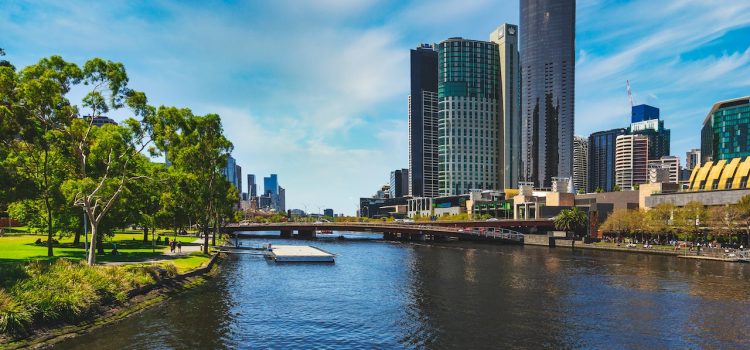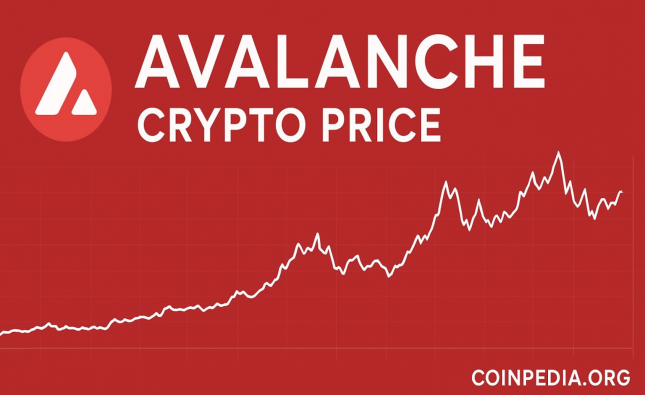
From Small Town to : The Evolution of Melbourne and Its Role in Development
Welcome to the land down under, where a small town transformed into one of Australia’s most vibrant and modern cities – Melbourne. From its humble beginnings in 1835, Melbourne has undergone an incredible evolution that has shaped it into the bustling metropolis we know today. Its rich history, diverse culture, and stunning architecture make this city stand out as a true gem among Australia’s big cities. Join us on a journey through time as we explore how Melbourne grew from a tiny settlement to become one of the world’s top destinations!
The Early Days of Melbourne
Melbourne’s history dates back to 1835 when a group of European settlers arrived in Port Phillip Bay. They established a small settlement named Bearbrass, which later became Melbourne. Initially, the town struggled due to limited water resources and access to fertile land suitable for agriculture.
However, things changed quickly when gold was discovered in Victoria in 1851. This led to an influx of people seeking their fortune and resulted in rapid growth for Melbourne. The city soon became known as the financial center of Australia due to its thriving trade industry.
In addition to its economic success, Melbourne during this time also experienced significant cultural growth with the establishment of numerous theaters, art galleries, and music halls. It was home to many famous writers such as Henry Handel Richardson and Marcus Clarke.
Despite facing challenges such as bushfires and economic downturns over the years, Melbourne continued to persevere through it all. Its early days set the foundation for what would become one of Australia’s most vibrant cities today – constantly growing and evolving with each passing year!
The Birth of Melbourne’s Central Business District
Melbourne’s Central Business District (CBD) is the heart of the city, but it wasn’t always that way. The area now known as the CBD was originally a swampy and marshy region, with little development until gold was discovered in Victoria in 1851.
The influx of wealth from gold rush attracted many entrepreneurs to Melbourne. With more people flocking to the city for work opportunities, businesses began to establish themselves within the central district. This led to rapid growth and transformation of what would become Australia’s most important business hub.
As demand grew for commercial space, buildings were constructed throughout the CBD at a staggering pace. A notable example is Flinders Street Station which opened in 1910 and quickly became an iconic landmark in Melbourne.
By WWI, Melbourne had emerged as one of Australia’s largest cities with over half a million inhabitants living within its limits. As such, it had become essential to have a well-organized center for commerce where all major transactions could be conducted efficiently – this resulted in further expansion and modernization initiatives being undertaken throughout various parts of town.
Today, Melbourne’s CBD continues to evolve with new developments springing up constantly while still retaining its historical charm through preservation efforts aimed at maintaining key heritage sites like Bourke Street Mall or Federation Square amongst others – making it an ever-exciting place for locals and tourists alike!
The Growth of Melbourne’s Suburbs
As Melbourne’s CBD continued to grow rapidly, so did the demand for affordable housing. This led to the development of various suburbs around the city that catered to different income brackets and lifestyles.
In the early 20th century, working-class families began moving further out from the CBD into areas such as Footscray and Brunswick. These suburbs were characterized by row houses and small cottages, providing affordable homes for those who worked in manufacturing or trade industries.
As Melbourne’s economy diversified, so did its suburbs. In the 1950s and 60s, new developments such as Doncaster and Glen Waverley offered larger homes on bigger blocks of land for middle-class families looking for more space.
By the end of the 20th century, urban sprawl had reached its peak with suburban expansion continuing at a rapid pace. Areas like Cranbourne in Melbourne’s south-east became popular among first-home buyers seeking affordability while still being able to commute into work within reasonable time frames.
Today, Melbourne’s suburbs continue to evolve with an increasing focus on sustainability through initiatives like green spaces, bike paths and public transport options. As a result, these once satellite towns are now thriving communities in their own right contributing significantly towards making Melbourne Australia’s Big City!
Modern Melbourne
Modern Melbourne is a bustling metropolis, home to over 5 million people and widely regarded as one of the most livable cities in the world. The city has experienced significant growth and development since its early days.
One notable feature of modern Melbourne is its diverse range of cultural offerings, from art exhibitions and live music venues to food festivals and sporting events. These events draw in tourists from all over the world, contributing significantly to the local economy.
Another key aspect of modern Melbourne is its thriving business community. The city boasts a large number of successful startups and established companies across various industries such as finance, technology, healthcare, and manufacturing.
Melbourne’s infrastructure has also undergone major improvements in recent years, with several new public transportation projects completed or underway. This includes an extensive network of trains, trams, buses, bike lanes and pedestrian walkways that make it easy for residents to get around the city efficiently.
Modern Melbourne continues to grow at a rapid pace thanks to its strong economy , vibrant culture scene,and excellent quality of life offerings which make it a great place for anyone looking for opportunities in Big City,Australia’s .
Melbourne’s Role in Development
Melbourne’s development has played a significant role in Australia’s growth as a nation. With its strategic location, infrastructure, and unique culture, Melbourne has become known as one of the most livable cities globally and is an essential economic hub for not only Victoria but also the whole country.
Melbourne is home to several world-renowned institutions such as The University of Melbourne, RMIT University, and Monash University. These universities have contributed significantly to research and innovation within various industries ranging from biotechnology to engineering.
Furthermore, Melbourne has continued to attract international businesses due to its stable economy and supportive government policies. This trend has led to the creation of job opportunities that have been instrumental in reducing unemployment rates while simultaneously improving living standards for residents.
In addition to that, Melbourne’s tourism industry continues growing year on year attracting millions of visitors worldwide who come not just for leisure purposes but also for business reasons making it one of Australia’s top tourist destinations.
With its diverse economy characterized by education & training services; manufacturing; finance & insurance; healthcare& social assistance among other industries – coupled with exceptional transport systems – it makes sense why Melbourne remains crucial both locally and nationally when discussing Australia’s development story.
Conclusion
Melbourne has come a long way from its humble beginnings as a small town to becoming one of the most vibrant cities in Australia. Over time, Melbourne has evolved and grown into a modern metropolis, with a thriving central business district and bustling suburbs that continue to expand.
Melbourne’s role in development cannot be overstated. It has played an important part in shaping not only the Australian economy but also the cultural landscape of the country. This city continues to attract people from all over the world who are drawn by its unique blend of history, culture, and modernity.
As we look ahead to what Melbourne will become in the future, it is clear that this city will continue to play an important role in Australia’s growth and development. With its innovative spirit, diverse population, and commitment to sustainability, Melbourne is poised for continued success as one of Australia’s largest cities.
Melbourne’s journey from small town to big city is a testament to human ingenuity and perseverance. Its evolution stands as proof that with vision and hard work anything can be achieved. As we celebrate its past achievements and look forward towards its bright future, let us remember how far it has come – from being just another small town on the map –to becoming one of Australia’s proudest icons: Big City,Australia’s beloved cosmopolitan hub!










